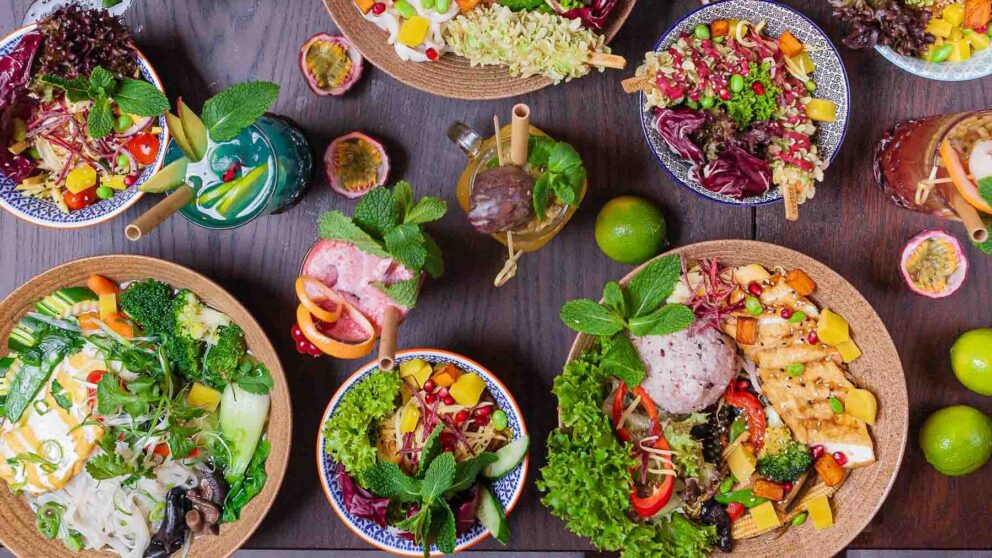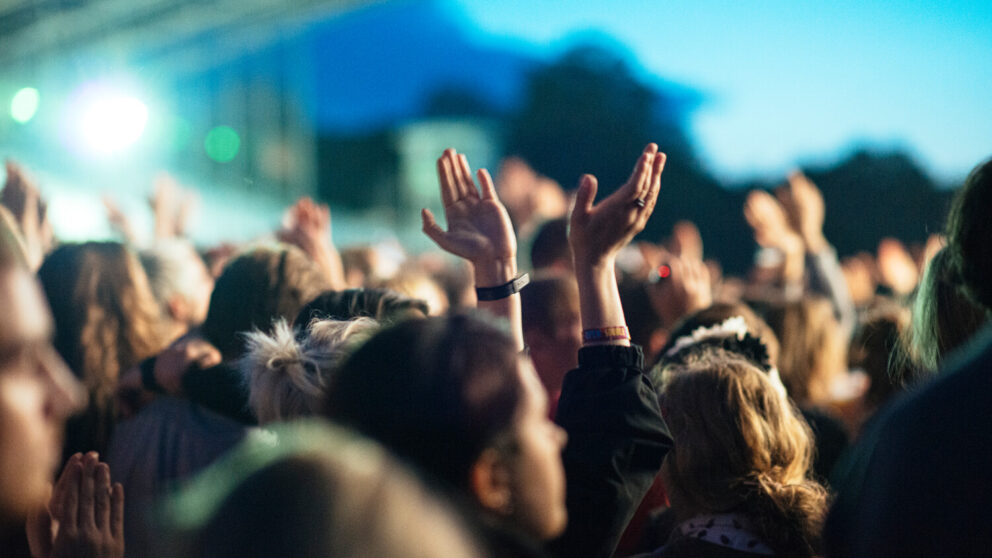
Six places where you can revel in cherry blossoms
Six places where you can revel in cherry blossoms
Hanami on the Rhine
"Sakura" is the name of the Japanese cherry blossom - and "hanami" is the name of its contemplation. You knew that already?! Then we assume that we are dealing with designated cherry blossom fans. But did you also know that you can experience this wonderful natural spectacle not only in the land of the rising sun, but also in Düsseldorf, one of the world's largest Japanese communities outside Japan? Depending on the weather, the cherries blossom in this country between mid-March and mid-April. We have listed below the six places where you can do the same as the Japanese and bathe in a sea of white and pink blossoms. And here's another tip: Equipped with a picnic blanket and a bento box with Japanese delicacies, your hanami will be as authentic as possible.
South Park
Pink in all shades as far as the eye can see. At Deichsee in Südpark, a half-allee of cherry trees attracts visitors to the city's largest green lung in spring. Sixteen trees are lined up here, and benches shaded by their pale pink branches with a view of the reflecting water invite visitors to enjoy a hanami. Orientation point for those unfamiliar with the area: If you enter the park from Kölner Landstraße at the brick Franz von Sales Church and walk straight ahead, you will come directly upon the dike lake. When you reach the shore, you will be greeted by a large weeping willow. From here the cherry tree path branches off to the left. The most beautiful time is in the afternoon, when the sun illuminates the blossoming row of trees from the opposite shore. There you will also find Café Südpark, where - after a short walk along the water - coffee and crumble cake await you.
EKŌ-House of Japanese Culture
Everything is coherent here. The Buddhist temple complex built in the Jōdo-Shinshū style, the Japanese garden surrounding it, and the spirit that envelops this site. The EKŌ-Haus in the Niederkassel district of Düsseldorf was created as a place for cultural exchange and contemplation. So you can't get any closer to the Japanese folk soul than here, and of course cherry trees are the most beautiful mediators in this. The flowering highlights of the complex are offered by the weeping cherry standing in front of the main hall of the temple and the avenue of Yoshino cherry trees in front of the garden entrance. In spring, they show off their pastel color palette. How about enjoying this feast for the eyes at a tea ceremony? Or even take an introductory course in traditional Japanese arts? Whether you want to learn the secrets of ink painting, calligraphy, ikebana, playing instruments, traditional cuisine, or dance, it's all possible at EKŌ-Haus. You should come back in autumn at the latest, when the leaves begin to change color and the garden looks like it's on fire on sunny days.
Japanese garden on the Rhine
Beauty, departure and the impermanence of all perfection. This is what the cherry blossom stands for in the Japanese tradition. Another place where you can breathe this spirit is the Japanese Garden on the Rhine in the northwest corner of the North Park. Here, where the park is at its quietest and most tranquil, you'll find the more than 5,000-square-meter garden area, which also beckons with blossoming cherry trees. If you follow Japanese teachings, every tree and pond, every stone and spring has a deeper symbolic meaning. The trees - in addition to flowering cherries, the Japanese Garden also features pines and Japanese fan maple - are pruned in a special way. Topiary, for example, gives the black pines a delicate, cloud-like structure. Would you like some more insider knowledge? The garden was planned and laid out in the 1970s by Japanese garden and landscape architect Iwakii Ishiguro and his son Shojiro.
Kö-Bogen I
A symbol of German-Japanese friendship: In October 2013, the then Lord Mayor Dirk Elbers planted 13 Tokyo cherry trees in the area of Jan-Wellem-Platz and the Hofgarten Terraces together with the Japanese Consul General in Düsseldorf, Kaoru Shimazaki. Since then, the terraces in front of the curved facade of Kö-Bogen I, designed by New York architect Daniel Libeskind, have become a popular meeting place. Of course, this is especially true during the flowering season. That's when the hanami is celebrated together. People meet on the steps and admire the beautiful trees, which grow in splendor every year. In Düsseldorf, it doesn't matter at all whether the beer is Altbier or sake. The main thing is to be together and have fun.
Swan mirror
Schwanenspiegel, Kaiserteich and Kirschblüte - the vocabulary alone reveals that this is a particularly picturesque triad. The double pond, bordered by Elisabethstraße to the east and Wasserstraße to the west and fed by the southern Düssel, is connected by a narrow bridged waterway and surrounded by a park modeled on an English landscape garden. In spring, when the cherries are in full bloom here, the place is hard to beat for romance. Reason enough to include it in the top ten list of places that are ideal for a first date. A picnic under the cherry trees could be followed by a visit to the K21, housed in the Ständehaus, part of the Kunstsammlung NRW, which today houses the Museum of Contemporary Art. Above the piazza of the K21 at a height of more than 25 meters, the huge spatial installation 'in orbit' by artist Tomás Saraceno has been hovering since 2013. The walk-in artwork is a construction of almost transparent steel nets stretched in three levels under the enormous glass dome. Until July 1, 2022, you can get wobbly knees while exploring the construction together - or feel like you're in 7th heaven right away. Want to bet that this day will be unforgettable?
The Büdericher Allee in Meerbusch
You want to celebrate Hanami, but are late? No problem. Just as the cherry blossoms in Japan move from the southwest to the northeast, there are also places in Düsseldorf and the surrounding area where the cherries bloom earlier or later. The trees on Büdericher Allee in Meerbusch are among the late bloomers. With their double blossoms, they make for a particularly impressive sight. Incidentally, the cherry blossom has been celebrated in Meerbusch since 2019 with its own festival including culinary specialties, ikebana, cosplay, and drum and dance performances - another way to get as close as possible to the Japanese way of life. The best way to get to Büdericher Allee is to take the U70, U74 and U76 subway trains, getting off at the 'Büderich Landsknecht' stop. From there you need about ten minutes to walk to the Allee.
Title image: Düsseldorf Tourism




